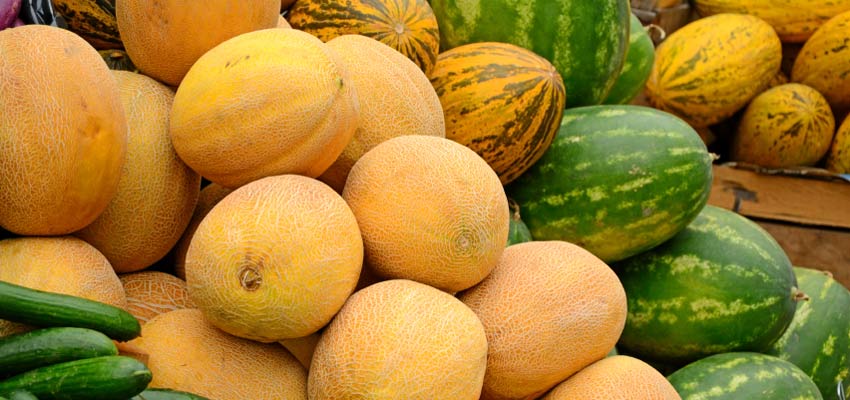In July 2013, the Standing Committee on the Food Chain and Animal Health () specified preliminary reference values for trade within the European Community by.
In February 2015, new reference values for perchlorate levels in food are to be introduced.
According to the scientific opinion dated 17 October 2014, the current PMTDI (provisional maximum tolerable daily intake) of 0.01 mg/kg body weight is to be reduced to a very low toxicological endpoint of 0.3 µg/kg body weight. An acute reference dose (ARfD) is not necessary, since the general perchlorate levels in water and food, according to the EFSA, are unlikely to have any health implications for the average consumer.
Only in “heavy consumers” amongst the younger population with mild to moderate iodine deficiency, as well as in breast-fed babies and infants ingesting little iodine, are precautionary measures advised. At the next meeting of the Standing Committee (Feb 2015), therefore, the Commission intends to reduce the present reference values for perchlorate in foods to the lowest possible level in the interests of consumer health.
Perchlorate is routinely tested in our Lab by HPLC MS/MS
At LUFA-ITL GmbH, perchlorate is measured in fruit, vegetables and other foods is routinely tested by means of an established HPLC MS/MS method.
The AGROLAB-Institut LUFA-ITL GmbH in Kiel refers to the latest reference values when analysing its test results for perchlorate.
Please address enquiries to your local sales representative.

 Contact
Contact

 Contact
Contact Career
Career